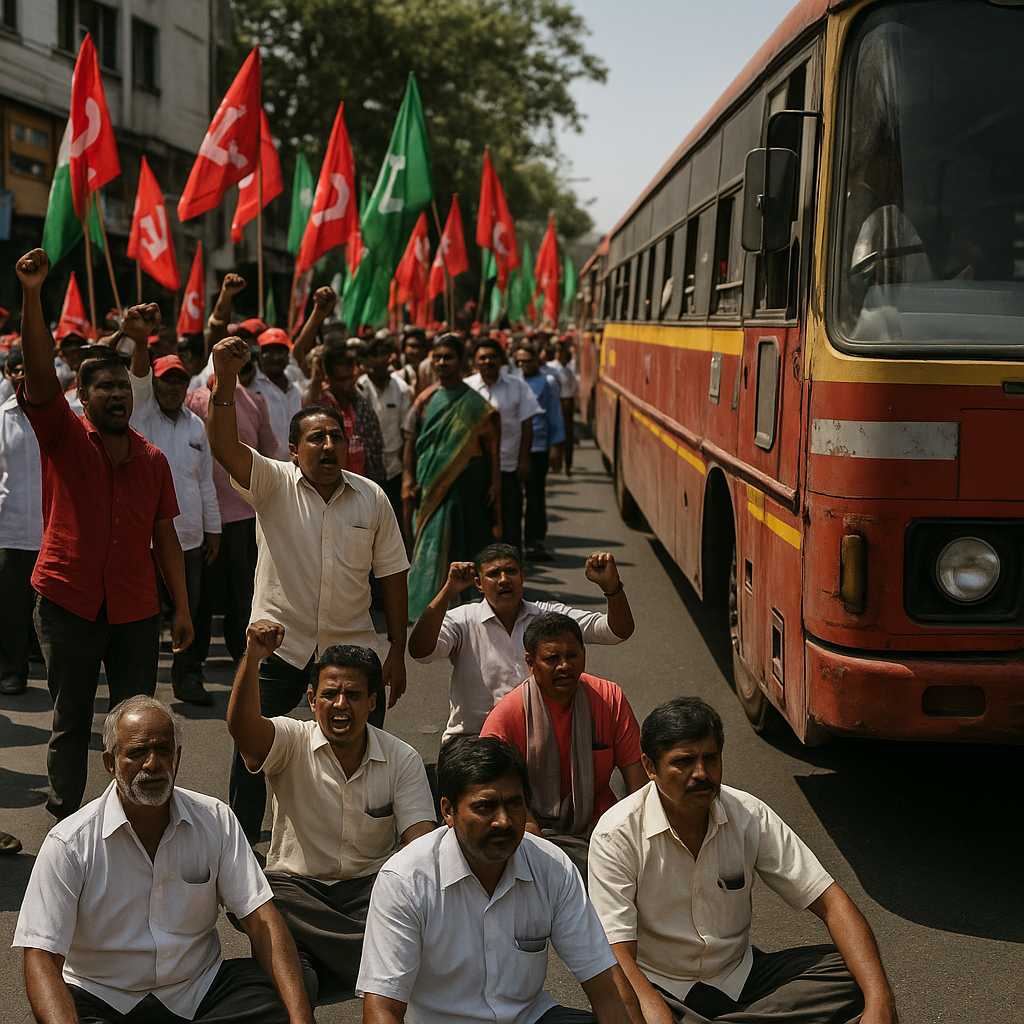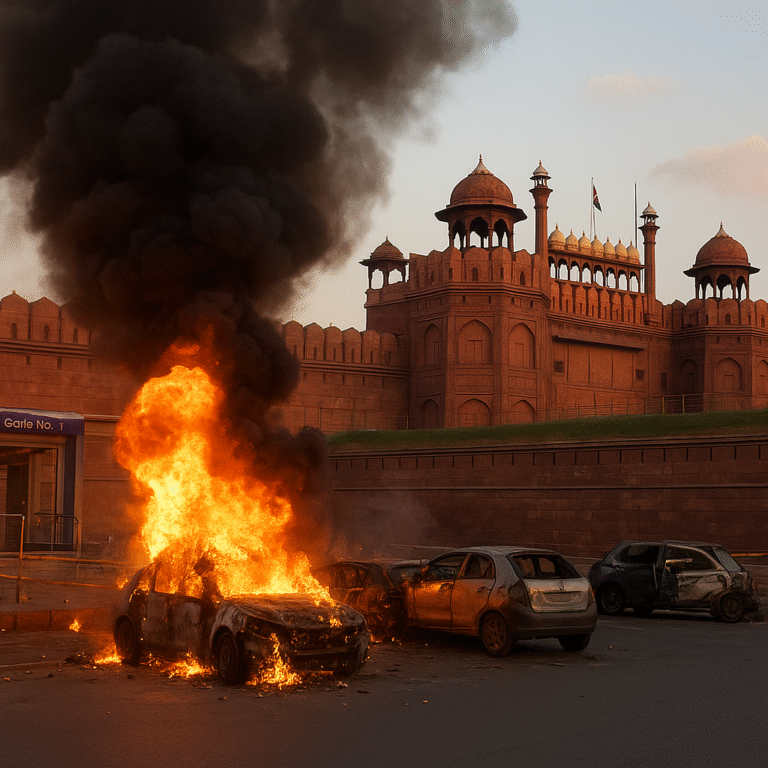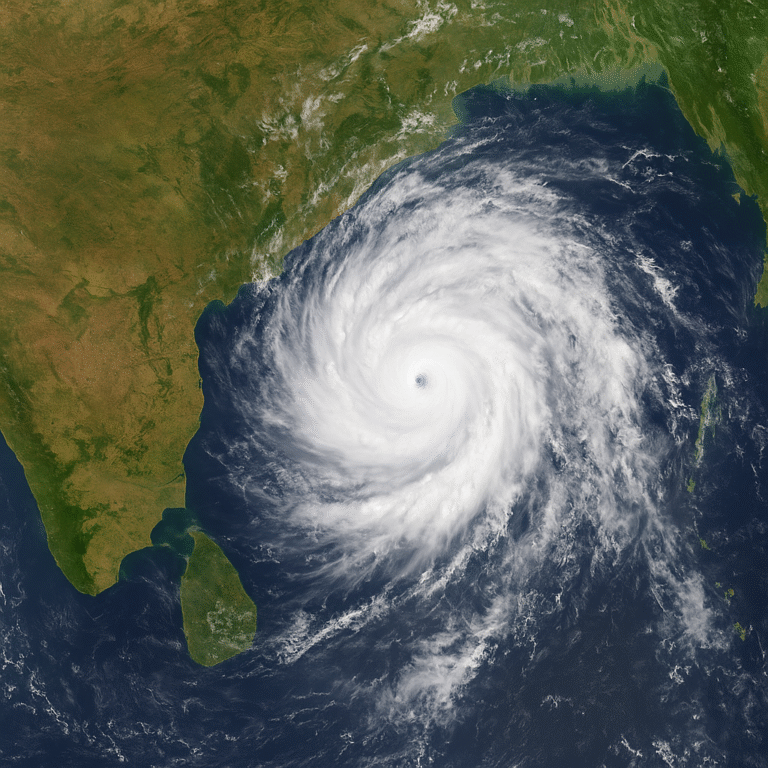
On Wednesday, July 9, 2025, India witnessed a massive nationwide shutdown (Bharat Bandh) that brought public services, transportation, banking, and power sectors to a standstill. The bandh was organized by a coalition of central trade unions, supported by farmer organizations, public sector workers, and civic groups, making it one of the most significant labor-led movements in recent Indian history.
From banking halls in Bengaluru to train tracks in West Bengal, the strike’s impact was widely felt, demonstrating growing public dissatisfaction with economic policies, privatization moves, labor law changes, and alleged voter suppression efforts.
What Sparked the Bharat Bandh?
The Bharat Bandh was initiated in protest against a wide array of policy decisions and reforms by the central government. The major points of contention included:
-
Implementation of Four New Labor Codes – Seen as anti-worker, these laws allegedly reduce workers’ bargaining power, expand working hours, restrict the right to strike, and increase job insecurity.
-
Privatization of Public Sector Units (PSUs) – Particularly in banking, insurance, railways, and electricity, raising concerns about mass layoffs, erosion of public assets, and reduced job opportunities.
-
Rising Cost of Living – High inflation rates, fuel price hikes, and growing economic disparity added fuel to the already discontented workforce.
-
Contractualization and Outsourcing – Increasing reliance on short-term contractual labor, reducing job security and benefits.
-
Cuts in Social Sector Spending – Austerity in public education, healthcare, and welfare programs adversely affecting lower-income populations.
-
Issues with Electoral Integrity – Particularly in Bihar, concerns were raised about voter list manipulations and mass disenfranchisement of marginalized communities.
Who Called the Bandh?
A powerful alliance of ten major trade unions spearheaded the protest:
-
Indian National Trade Union Congress (INTUC)
-
All India Trade Union Congress (AITUC)
-
Centre of Indian Trade Unions (CITU)
-
Hind Mazdoor Sabha (HMS)
-
All India Central Council of Trade Unions (AICCTU)
-
Trade Union Coordination Centre (TUCC)
-
Self Employed Women’s Association (SEWA)
-
United Trade Union Congress (UTUC)
-
Labour Progressive Federation (LPF)
-
All India United Trade Union Centre (AIUTUC)
The unions claimed to represent over 25 crore (250 million) workers, making this one of the largest coordinated worker strikes in recent times. The Samyukta Kisan Morcha and several farmers’ outfits also extended their support, especially in rural belts and agrarian states.
Also Check : The Tarao Tribe: An Endangered Ethnic Community of Manipur
National Impact Overview
The Bharat Bandh was not merely symbolic—it had real, tangible impacts across sectors and geographies.
Banking and Finance
The banking sector bore a significant brunt of the strike:
-
Public and private sector bank branches remained closed or operated with minimal staff.
-
ATM cash replenishments were delayed in several regions.
-
Cheque clearance and core banking services faced processing lags.
-
Financial transactions worth thousands of crores were estimated to be stalled for the day.
In regions like Gujarat, nearly 20,000 bank employees participated in the strike, severely affecting operations across more than 3,000 branches.
Transport and Mobility
The public transport network suffered delays and disruptions:
-
Buses: State transport services like KSRTC in Karnataka, DTC in Delhi, and WBSTC in West Bengal were partially disrupted. Many private operators kept their vehicles off the road.
-
Railways: In states like West Bengal, Jharkhand, and Odisha, trains were halted due to rail blockades and picketing at stations.
-
Airports: No flight cancellations were reported, but connectivity to and from major airports like Delhi, Kolkata, and Mumbai faced roadblock-related challenges.
Power Sector
Workers from electricity boards in various states participated in the bandh:
-
Engineers and linemen protested the privatization of power distribution companies.
-
There were concerns of power outages in industrial clusters and residential zones, although backup teams were deployed in critical areas.
Post Offices and Government Offices
Postal services were suspended or slowed in many states. Several government offices functioned with reduced staff or remained closed for safety concerns. Protests and sit-ins were reported outside public institutions.
Coal and Mining
Coal India workers and mine laborers in Jharkhand and Chhattisgarh joined the strike, affecting coal dispatch and loading activities. This raised alarms for thermal power plants dependent on regular coal supply.
City-Specific Snapshots
Bengaluru, Karnataka
In Bengaluru, traffic movement remained largely normal in the early hours, but disruptions increased as the day progressed:
-
Auto and cab unions supported the bandh, leading to limited availability.
-
Several buses operated on curtailed routes or under police protection.
-
Banks and government offices in the city saw thin attendance.
-
No major violence was reported, but minor skirmishes occurred in outer zones.
Kolkata, West Bengal
Kolkata witnessed high bandh compliance:
-
Left-affiliated student and worker groups led protests at major junctions.
-
Road and rail traffic was blocked in areas like Jadavpur, Dum Dum, and Howrah.
-
Schools and private offices announced work-from-home arrangements.
Patna, Bihar
Bihar experienced dual protests—a combined Bharat Bandh and Bihar Bandh:
-
Political parties joined forces to highlight voter list irregularities.
-
Tyre-burning and road blockades were reported in Patna, Muzaffarpur, and Gaya.
-
Normal life came to a halt in several districts.
Mumbai, Maharashtra
While Mumbai remained largely functional:
-
The banking sector saw service slowdowns.
-
Unions associated with the port, insurance, and transport departments participated.
-
Suburban rail and BEST buses continued service, albeit with lower occupancy.
What Was Open? What Was Shut?
| Sector | Status |
|---|---|
| Banks | Mostly shut or working at half-staff |
| Schools and Colleges | Open in some states, closed in others |
| Metro/Railways | Disrupted in protest-heavy regions |
| Hospitals and Clinics | Emergency services remained functional |
| Shopping Malls and Markets | Mixed response |
| Internet & Telecom | Normal operations |
Public and Government Response
Union Leaders’ Statements
Leaders from multiple unions called the bandh a “resounding success,” claiming support from both urban and rural India. They emphasized the protest was not politically motivated, but a “fight to restore worker dignity, job security, and social justice.”
They have warned of escalated protests if the central government does not initiate dialogue or roll back contested policies.
Government’s Position
The government downplayed the scale, asserting that most essential services remained uninterrupted. Official statements condemned the bandh as “disruptive and economically damaging,” arguing that reforms were necessary for economic modernization.
No major legislative concessions were announced in response to the bandh.
Reactions from Citizens
Public opinion appeared divided:
-
Supporters: Many hailed the movement as a necessary stand against anti-labor reforms and privatization, especially among PSU workers and trade bodies.
-
Critics: Some citizens questioned the logic of halting essential services and disrupting daily life, especially in sensitive times like school exam seasons or medical emergencies.
Political Implications
The timing of the Bharat Bandh, just months after the General Elections 2024 and amid upcoming state polls, suggests that organized labor is attempting to reclaim its voice in India’s political landscape.
Several opposition parties offered “moral support,” even if they didn’t participate directly. The Bihar Bandh, led by the opposition bloc in protest of voter disenfranchisement, brought an electoral dimension to the day’s events.
Security Arrangements and Law & Order
-
Heavy deployment of police and paramilitary forces was observed in metro cities.
-
Security was tightened around government buildings, transport hubs, and power stations.
-
Despite sporadic scuffles, no large-scale violence was reported.
-
Protesters in many locations followed peaceful means like human chains, sit-ins, and non-violent marches.
Looking Ahead: Will There Be More Bandhs?
Union leaders have indicated that this may just be the beginning of a prolonged agitation if the following are not addressed:
-
Full withdrawal of the four new labor codes.
-
A moratorium on further privatization of PSUs.
-
Immediate recruitment in banks, railways, and education sectors.
-
Improved minimum wages and inflation-linked pay adjustments.
-
Inclusion of labor voices in policymaking.
Observers believe the strength of today’s bandh may push the government to reconsider its negotiation approach with unions and farmers—especially in the face of mounting rural distress and youth unemployment.
How Citizens Should Prepare
In case further strikes or shutdowns are announced:
-
Keep emergency cash handy, as banks and ATMs may be impacted.
-
Plan travel in advance, avoiding known protest zones.
-
Stay updated through reliable local news sources and official advisories.
-
Support frontline services by not hoarding essentials.
-
Engage civilly, and understand the core demands before reacting.
Conclusion
The Bharat Bandh of July 9, 2025 stands as a landmark protest in India’s socio-political timeline. It served not just as an expression of economic anxiety and industrial pushback, but also as a call for inclusive governance and labor dignity.
As India continues to evolve as an economic powerhouse, how it balances labor reforms, public sector restructuring, and worker welfare will define its social stability and democratic strength in the years to come.



